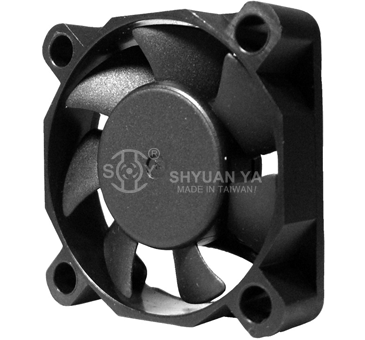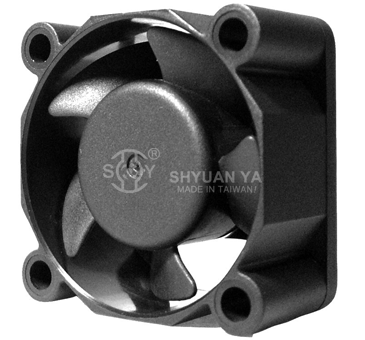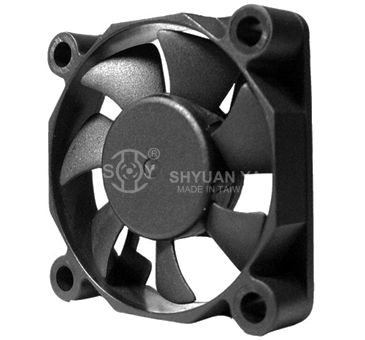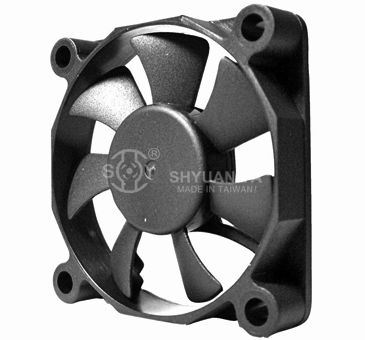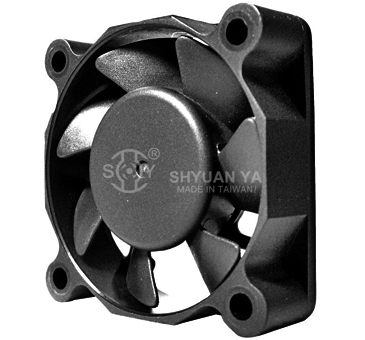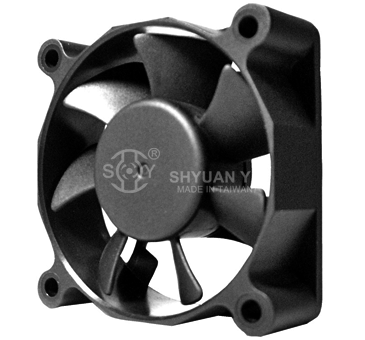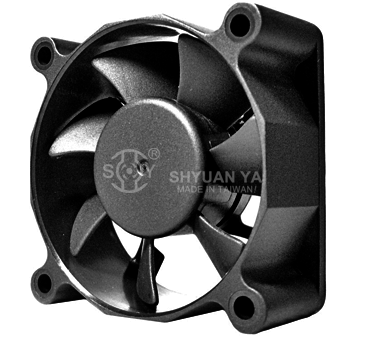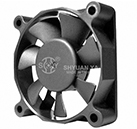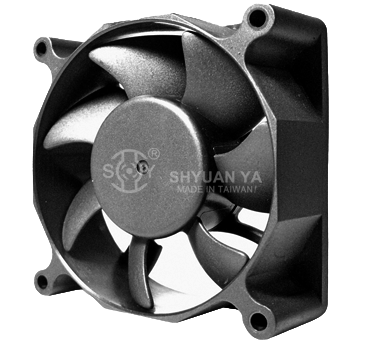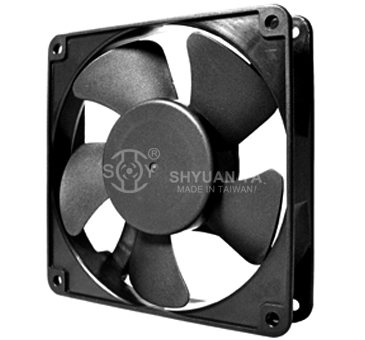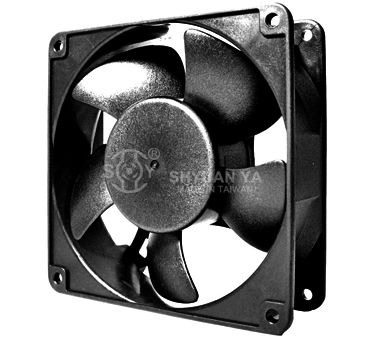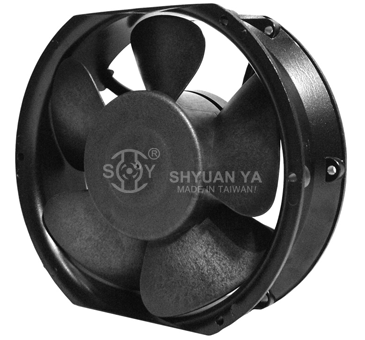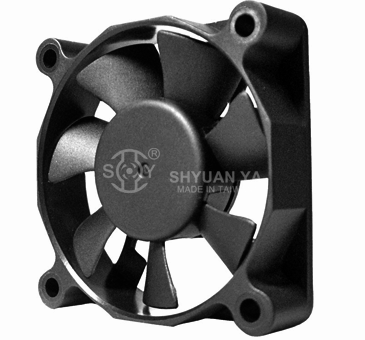How Are DC Axial Fans Different from AC Axial Fans?
While both DC and AC axial fans move air in the same fundamental way— parallel to the fan’s shaft—they are designed for very different power systems and performance requirements. Understanding these differences is key to selecting the right fan for your application.
Key Differences Between DC and AC Axial Fans
- Power Source & Voltage
- DC Axial Fans: Operate on low-voltage direct current, typically 12V, 24V, or 48V, making them ideal for applications such as server racks, battery-powered equipment, telecom enclosures and portable devices.
- AC Axial Fans: Designed for high-voltage alternating current (e.g., 110V, 220V, 380V), common in industrial machinery, HVAC systems, and factory automation where fixed-speed operation is sufficient.
- Speed Control & Thermal Management
- DC fans support PWM (Pulse Width Modulation) or voltage control, allowing precise airflow adjustment based on real-time temperature feedback. This enables energy savings, reduced noise levels, and extended component life by running the fan only as fast as needed.
- AC fans generally run at a fixed speed, offering simplicity and durability but less flexibility for environments with fluctuating cooling demands.
- Noise & Efficiency
- DC fans tend to be quieter due to more advanced motor designs such as brushless DC motors (BLDC), which also deliver higher energy efficiency.
- AC fans are robust and reliable but may generate higher noise levels, especially at larger sizes or higher RPMs.
- Electromagnetic Interference (EMI)
- DC fans typically produce lower EMI, making them suitable for sensitive electronics and communication equipment where interference must be minimized.
- AC fans, while rugged, may require additional EMI suppression in certain applications.
Which Fan Should You Choose?
- Choose DC axial fans if you need:
- Low-voltage operation
- Variable speed control
- Quiet performance
- Fine-tuned thermal management
- Compact integration into electronics or precision equipment
- Choose AC axial fans if you need:
- A simple, fixed-speed cooling solution
- High-voltage compatibility
- Reliable airflow for large enclosures or industrial systems
Expert Recommendation
If you are unsure which fan type best suits your project, our engineering team can help you evaluate your system’s power requirements, heat dissipation needs and noise constraints. We can provide detailed technical data, performance curves, and customized recommendations to ensure optimal performance and reliability.
👉Contact us today to discuss your application and get expert guidance on selecting the right cooling solution.


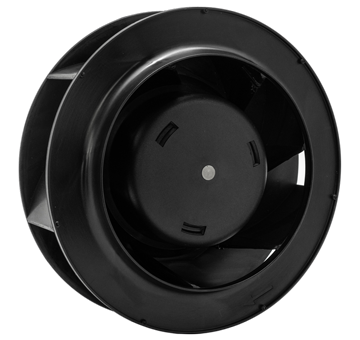
.png)
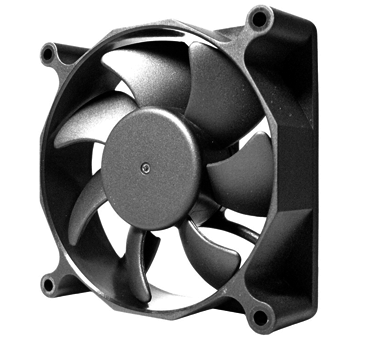
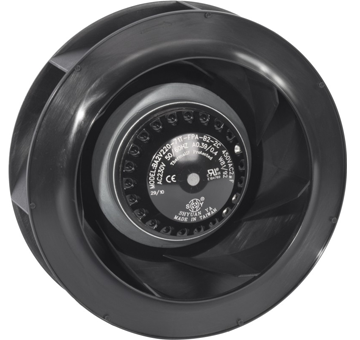
.jpg)
